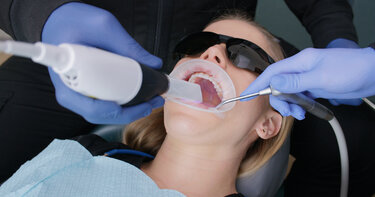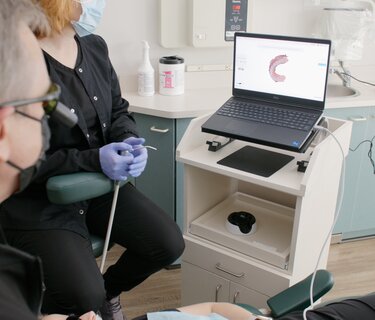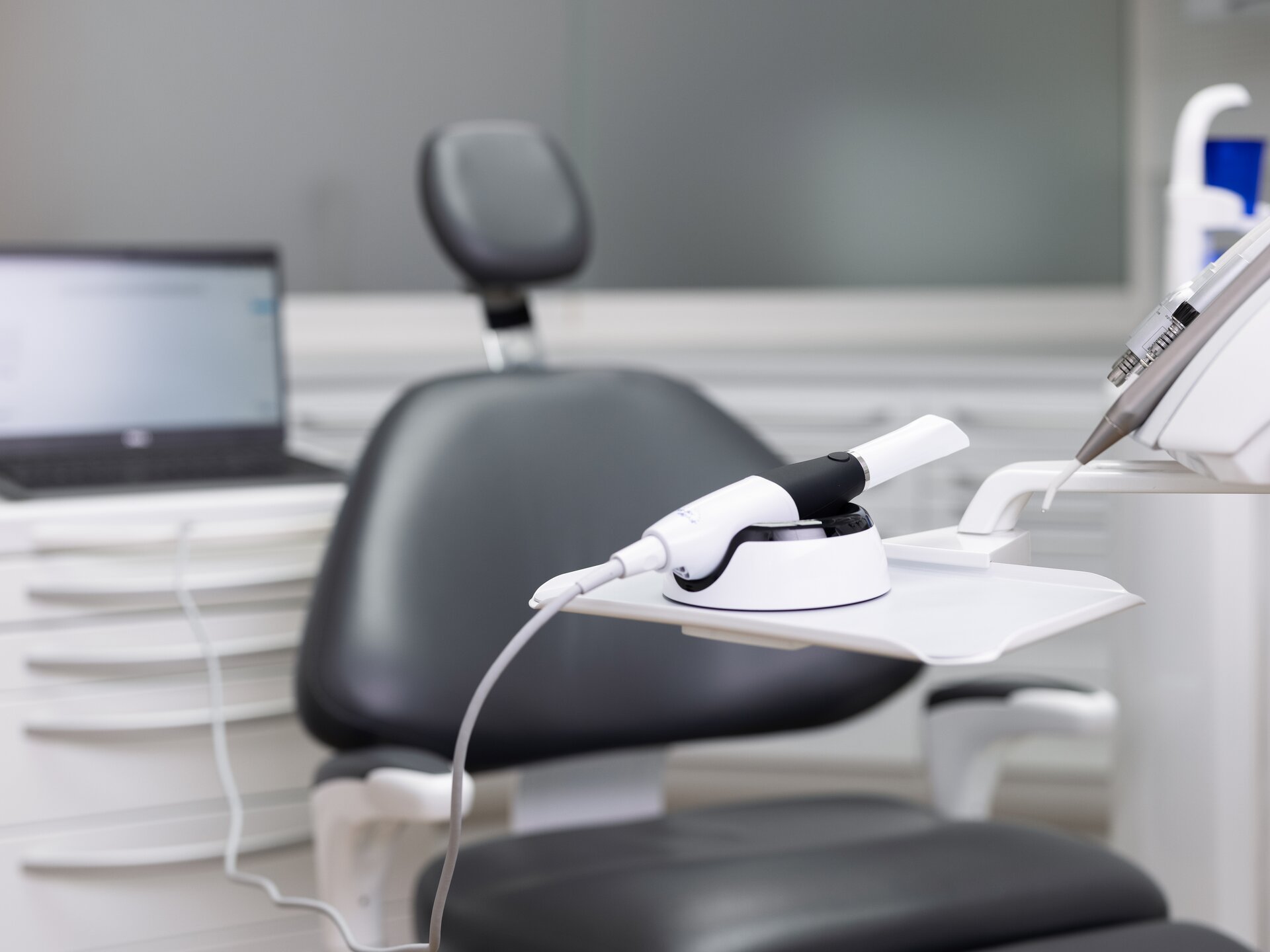Since the introduction of intraoral scanners in 1973, scanning technology in the dental office has made significant strides over the years, and these vital tools have not only become faster and more precise, but have become a popular means of creating impressions for dentists and oral surgeons. The concept behind intraoral scanners allows dentists to dispatch traditional methods of taking impressions with alginates or silicones, which is often messy, costly, and inefficient. Unlike traditional methods, the benefits of using intraoral scanners are numerous and can have a positive impact on both the dentist and the patient.


Traditional methods of taking impressions are not only unpleasant for patients, but also inconvenient. It is often necessary for patients to make multiple appointments, and they also may be subject to unpleasant smells from impression materials or experience general discomfort of the mouth while the materials harden. Similarly, dentists are inconvenienced by the length of time it takes to create and/or recreate traditional impressions, send them to the lab, and store them, resulting in an inefficient, unproductive workflow.
Another downside to taking traditional impressions is that they can produce an incredible amount of waste. Dentists who use disposable impression trays must keep a variety of sizes in stock, many of which will not be used, and they must discard them after each use. There is also an issue of using excess paper when it comes to taking traditional impressions, whether they are being sent to the lab or being stored in the office. And frankly, the entire traditional process is not entirely environmentally friendly.
Intraoral scanners have eliminated issues with precision and accuracy by allowing the dentist to take and retake highly efficient 3D images of the patient’s teeth, gums, and mouth. This allows dentists to provide more accurate imaging, diagnoses, and deliver treatment plans with greater precision. With more accurate restorations, the patient and dentist experience is improved dramatically. Some intraoral scanners, such as VivaScan by Ivoclar provide a friendly ergonomic design for a more comfortable patient experience.
Taking digital impressions helps discontinue excessive waste normally produced by the use of traditional impressions. The images produced by intraoral scanners can be immediately viewed and transferred to specialists, laboratories, and other dental professionals. These images can also be stored digitally, eliminating the need to keep paper records for filing them in-office.

The market for intraoral scanners has grown exponentially over the past 10 years, and as a result, there are a number of options to consider when choosing the right scanner for your practice. It’s now well-established that intraoral scanners provide accuracy, efficiency, waste reduction, and a better patient-dentist experience, it is also important to consider factors such as the supportive technology, customer service, and ease of use.
VivaScan is one example of an outstanding intraoral scanner that not only provides remarkable digital impressions, it is coupled with the highest-quality customer support dentists have come to expect from Ivoclar. Whether you are looking to increase accuracy and efficiency, or improve the workflow and ecological footprint of your practice while being provided expert advice and support, an intraoral scanner such as VivaScan, backed by the dedicated people of Ivoclar, is the right investment for you.
Receive our monthly newsletter on recently published blog articles, upcoming education programs and exciting new product campaigns!
